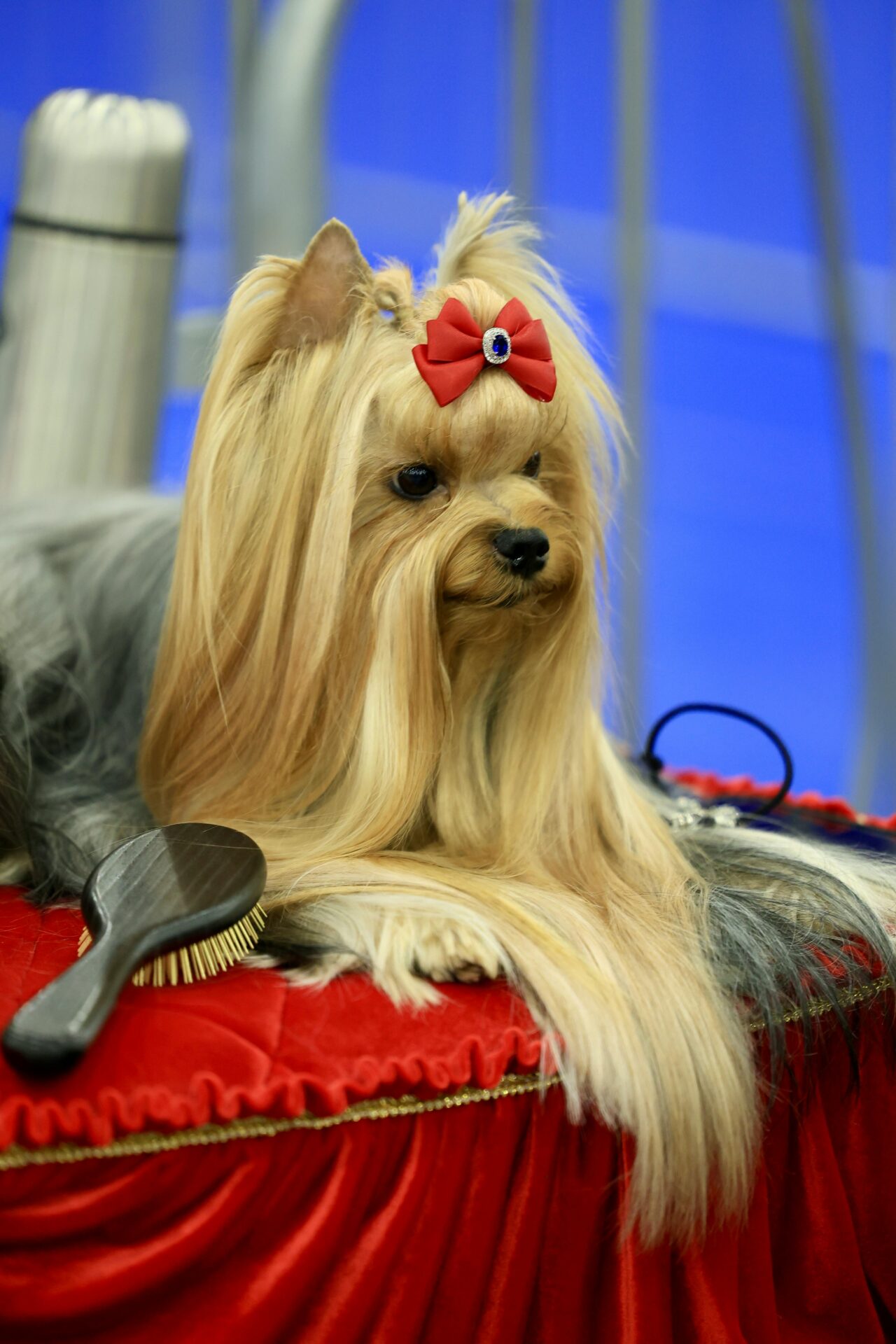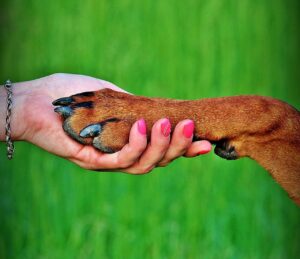Grooming your dog is more than just keeping them looking good—it’s a vital part of their overall health and well-being. Regular grooming helps prevent health issues, keeps your dog comfortable, and strengthens the bond between you and your furry friend. Whether you’re a new dog owner or a seasoned pet parent, these five essential grooming tips will ensure your dog stays happy, healthy, and looking their best.
Table of Contents
1. Brush Your Dog Regularly

Why Brushing is Important
Brushing your dog’s coat is one of the most important grooming tasks. It removes dirt, spreads natural oils, prevents tangles, and keeps the skin clean and irritant-free. Regular brushing also helps you spot any unusual lumps, bumps, or skin issues early on.
How Often Should You Brush?
The frequency of brushing depends on your dog’s breed and coat type:
- Short-haired breeds (e.g., Beagles, Dalmatians): Once a week.
- Medium to long-haired breeds (e.g., Golden Retrievers, Collies): 2-3 times a week.
- Double-coated breeds (e.g., Huskies, German Shepherds): Daily during shedding season.
Tips for Effective Brushing:
- Use the right brush for your dog’s coat type (slicker brushes, bristle brushes, or de-shedding tools).
- Be gentle, especially around sensitive areas like the belly and ears.
- Make it a positive experience with treats and praise.
2. Bathe Your Dog the Right Way

Why Bathing Matters
Bathing removes dirt, allergens, and odors from your dog’s coat. However, over-bathing can strip their skin of natural oils, leading to dryness and irritation. Finding the right balance is key.
How Often Should You Bathe Your Dog?
- Short-haired dogs: Every 2-3 months or as needed.
- Long-haired or active dogs: Once a month or when they get dirty.
- Dogs with skin conditions: Follow your vet’s recommendations.
Tips for a Stress-Free Bath:
- Use a dog-specific shampoo that suits their skin type.
- Brush your dog before bathing to remove tangles.
- Use lukewarm water and avoid getting water in their ears and eyes.
- Dry them thoroughly with a towel or a low-heat blow dryer.
3. Trim Your Dog’s Nails

Why Nail Trimming is Crucial
Long nails can cause discomfort, affect your dog’s gait, and even lead to joint issues. Regular nail trimming prevents overgrowth and keeps your dog’s paws healthy.
How Often Should You Trim Nails?
- Every 3-4 weeks, depending on your dog’s activity level and nail growth.
Tips for Safe Nail Trimming:
- Use a dog nail clipper or grinder.
- Avoid cutting the quick (the pink part of the nail), as it can cause bleeding and pain.
- If you’re unsure, ask your vet or a professional groomer for guidance.
- Reward your dog with treats to make the experience positive.
4. Clean Your Dog’s Ears

Why Ear Cleaning is Important
Dogs with floppy ears or those who love swimming are prone to ear infections. Regular cleaning prevents wax buildup, debris accumulation, and infections.
How Often Should You Clean Their Ears?
- Once a week for dogs prone to ear issues.
- Once a month for dogs with healthy ears.
Tips for Safe Ear Cleaning:
- Use a vet-recommended ear-cleaning solution.
- Gently wipe the outer ear with a cotton ball or soft cloth—never insert anything into the ear canal.
- Watch for signs of infection, such as redness, odor, or excessive scratching.
5. Don’t Forget Dental Care

Why Dental Care is Essential
Dental health is often overlooked but is crucial for your dog’s overall well-being. Poor dental hygiene can lead to gum disease, tooth loss, and even systemic infections.
How Often Should You Brush Their Teeth?
- Aim for 2-3 times a week, though daily brushing is ideal.
Tips for Effective Dental Care:
- Use a dog-specific toothbrush and toothpaste (never human toothpaste).
- Introduce brushing gradually to help your dog get used to it.
- Provide dental chews or toys to help reduce plaque buildup.
- Schedule regular dental check-ups with your vet.
Bonus Tip: Make Grooming a Positive Experience
Grooming can be stressful for some dogs, especially if they’re not used to it. Here’s how to make it enjoyable:
- Start grooming routines early in your dog’s life.
- Use treats, praise, and patience to create a positive association.
- Keep sessions short and gradually increase the duration as your dog becomes more comfortable.
Conclusion
Grooming is an essential part of responsible dog ownership. By following these five tips—regular brushing, proper bathing, nail trimming, ear cleaning, and dental care—you’ll not only keep your dog looking great but also ensure they stay healthy and happy. Remember, grooming is also a bonding experience, so take your time, be patient, and enjoy the process. Your dog will thank you with wagging tails and wet kisses!
By incorporating these grooming practices into your routine, you’ll not only enhance your dog’s quality of life but also save on potential vet bills down the road. Happy grooming! 🐾





